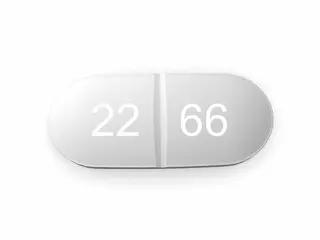Muscle Relaxant
Effective muscle relaxants to relieve tension, reduce spasms, and improve mobility. Shop high-quality, trusted products for fast and long-lasting muscle comfort. Safe, reliable solutions available now.
Muscle relaxants are commonly prescribed for the relief of muscle spasms, stiffness, and pain. They work by blocking nerve signals, helping muscles to relax and reducing discomfort. This category includes several popular medications such as baclofen, Robaxin (methocarbamol), and Zanaflex (tizanidine). Each has distinct properties and uses, making them suitable for different conditions.
Baclofen is often used to treat spasticity caused by multiple sclerosis or spinal cord injuries. It acts on the central nervous system to reduce nerve signals that cause muscle stiffness. Patients generally take baclofen orally, and the dosage depends on the severity of symptoms. Many users report significant relief from muscle tightness after starting baclofen. Common side effects include drowsiness, weakness, and dizziness. However, these tend to improve as the body adjusts to the medication. Some patients experience nausea or headache, which should be discussed with a doctor.
Robaxin, also known as methocarbamol, is another muscle relaxant frequently used to ease pain and discomfort associated with strains, sprains, or other muscle injuries. It works by depressing the central nervous system to relax muscles. Robaxin is known for its quick onset of action, often providing relief within an hour. Patients like its effectiveness in reducing muscle pain without heavy sedation. Side effects might include dizziness, lightheadedness, or stomach upset. Robaxin is generally well-tolerated and can be combined with other pain relievers for better effect.
Zanaflex, or tizanidine, is prescribed for muscle spasticity related to conditions such as multiple sclerosis or spinal cord injury. It is a short-acting muscle relaxant that works by blocking nerve impulses to the muscles. Zanaflex is praised for its ability to reduce muscle spasms effectively. Many users notice improved mobility and less pain. However, Zanaflex may cause side effects such as dry mouth, drowsiness, and low blood pressure. Patients should monitor these effects carefully and consult a healthcare provider if they experience any severe reactions.
Choosing the right muscle relaxant depends on the patient's specific condition, the cause of muscle spasm, and the drug's side effect profile. Baclofen is preferred for long-term management of spasticity due to neurological disorders. Robaxin suits acute muscle injuries and provides fast relief. Zanaflex offers the advantage of a short duration, making it useful for patients who require controlled muscle relaxation during the day.
It is important to follow the prescribed dose and not to stop these medications abruptly, as this can cause withdrawal symptoms or rebound muscle stiffness. Doctors usually start with a low dose and gradually increase it to find the optimal balance between benefits and side effects. Muscle relaxants should not be combined with alcohol or other sedatives without medical advice, as this increases the risk of excessive drowsiness or respiratory problems.
Patients with liver or kidney problems should inform their healthcare providers, as dosage adjustments or alternatives might be necessary. Pregnant or breastfeeding women should use muscle relaxants only after consulting their doctors due to limited safety data.
Overall, baclofen, Robaxin, and Zanaflex represent effective options in the muscle relaxant category. Their success depends on correct usage, proper dosing, and monitoring for side effects. Most patients find relief from muscle spasms and pain, improving their quality of life. Always discuss all medications and health conditions with a healthcare professional before starting any muscle relaxant therapy.



